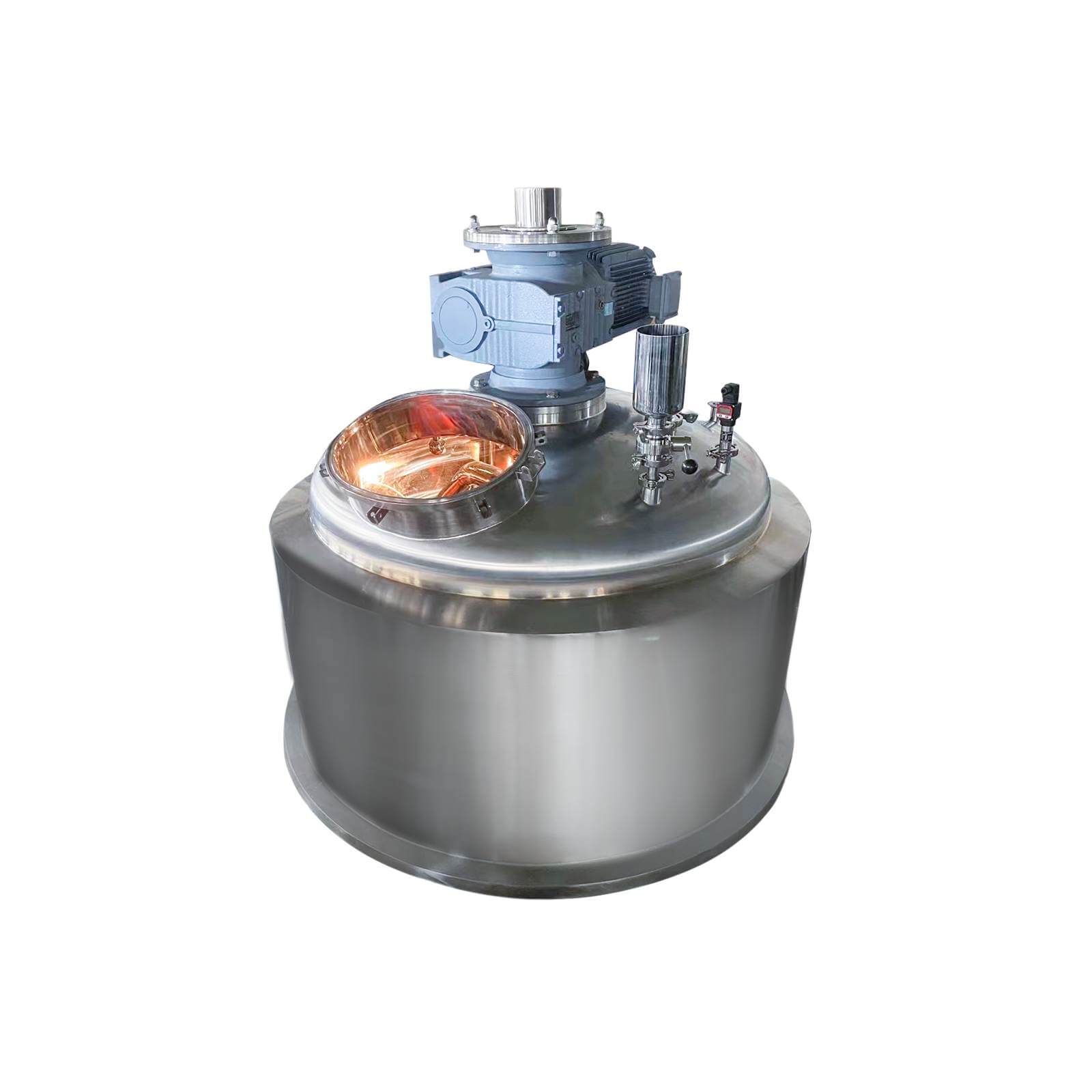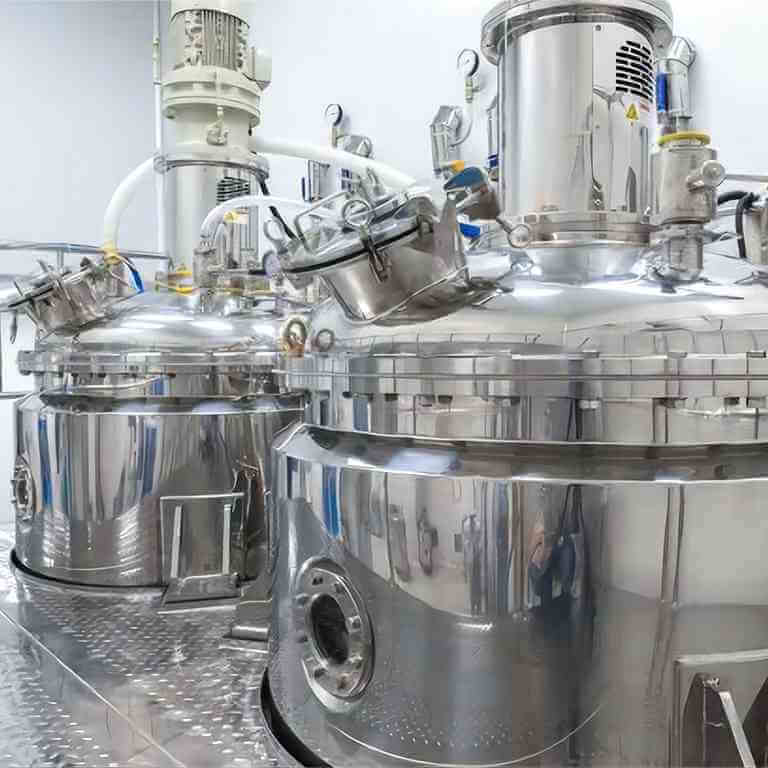

High Pressure Reactor
High-pressure reactor: used in chemical synthesis, catalytic reaction, and other fields
Material
glass, stainless steel (316, 304), carbon steel, others
Capacity (L)
10-10000+
Mixing system
anchor, paddle, frame and others
Heating system
electric heating, oil heating and others
The High-pressure reactor is mainly made of the kettle cover, the kettle body, the strong magnetic coupling stirrer, the high temperature, and high-pressure needle valve, the lower stirring part, the inner cooling coil, the temperature measuring part, the liquid lower pipe, etc.
Request a quoteHigh-pressure reactors are commonly used high-voltage equipment in scientific research laboratories. If they are used improperly, they will cause serious safety hazards and even cause accidents. High-pressure reactor accidents generally include explosion, leakage, explosion, etc. Once the reactor body ruptures, debris splashes and medium is released, which will cause major harm to personnel, experimental equipment, and equipment. Therefore, the experimental environment should strengthen the explosion-proof function according to the nature of its reaction, and place suitable fire extinguishers and first aid supplies on site.

Things to consider
1. Before experimenting, the operator should select a reactor that matches the experimental plan to ensure that its capacity, pressure, corrosion resistance, and design performance meet the requirements of the experiment.
2. Set up appropriate safety guards, use appropriate safety accessories, and fully comply with safe operating practices.
3. Ensure personnel training and implementation of standard operating procedures.
4. Do regular maintenance to ensure the normal use of the equipment.

Safe use of high pressure reactors
Before use
1. The operator must undergo strict training, be familiar with the structure and performance of the equipment and be proficient in the standard operating procedures of the equipment.
2. Identify the test pressure, operating pressure, maximum operating temperature, and other conditions marked on the main container, and use it within the allowable range of conditions.
3. Check whether the kettle, agitator, rotating parts, auxiliary equipment, indicating instruments, safety valves, pipelines, and valves meet the safety requirements.
4. Check the reactor body, lid, and all welds for abnormal phenomena such as cracks, deformation, leakage, etc.; the corrosion condition of the inner surface of the kettle body and the lid; whether the safety accessories work normally; whether the condensate drainage device is normal; Are all fasteners loose, etc. Check whether water, electricity, etc. meet the safety requirements.
5. It is best to use it within 1/2 of its marked pressure, and often compare the pressure gauge with the standard pressure gauge and correct it.
6. The pressure gauge for oxygen should not be mixed with pressure gauges for other gases.
7. Safety valves and other safety devices must be inspected regularly to meet the specified requirements.
8. The high-pressure reactor should be used at the designated location, and the experimental site should post obvious safety warning signs.
Using
1. After the inspection of related matters is completed, the operation can be started only when it is ensured that there is no abnormality.
2. Operators take personal protection at all stages of operation and wear appropriate personal protective equipment (PPE): chemical splash goggles. In addition, if there is a risk of explosion, you need to wear a full-face impact mask; wear a knee-length lab coat and protective gloves. In addition, long pants and closed-toed shoes are recommended.
3. The raw material added to the high pressure reactor should not exceed 1/3 of its effective volume.
4. During the use process, the operator must not leave and must pay attention to the operation of the equipment at any time. Once abnormal conditions are found, the kettle should be stopped in time for maintenance. If overheating occurs, immediately cool down with water. If overpressure occurs, open the empty valve immediately and release the pressure urgently.
5. Care must be taken during operation that the temperature measuring device must be inserted into the reaction solution accurately. The interior of the high-pressure reactor and the gasket parts should be kept clean.
6. When covering the disc flange, the bolts located on the diagonal line should be tightened synchronously in pairs.
After the experiment
1. After the experiment is over, the reactor should be completely cooled down and depressurized to a safe range before proceeding to the next step. It is strictly forbidden to open the reactor before the temperature and pressure of the reactor reach the safe range.
2. The reactor can be slowly opened until the reactor is completely cooled down and the pressure is reduced to a safe range. It should be noted that there may still be pressure release in the internal system.
Emergency Response
1. Immediately stop the experiment and evacuate quickly in the event of any emergency. In the case of ensuring their safety, take effective control measures to reduce risks.
2. Report to the laboratory safety management personnel promptly afterward.




